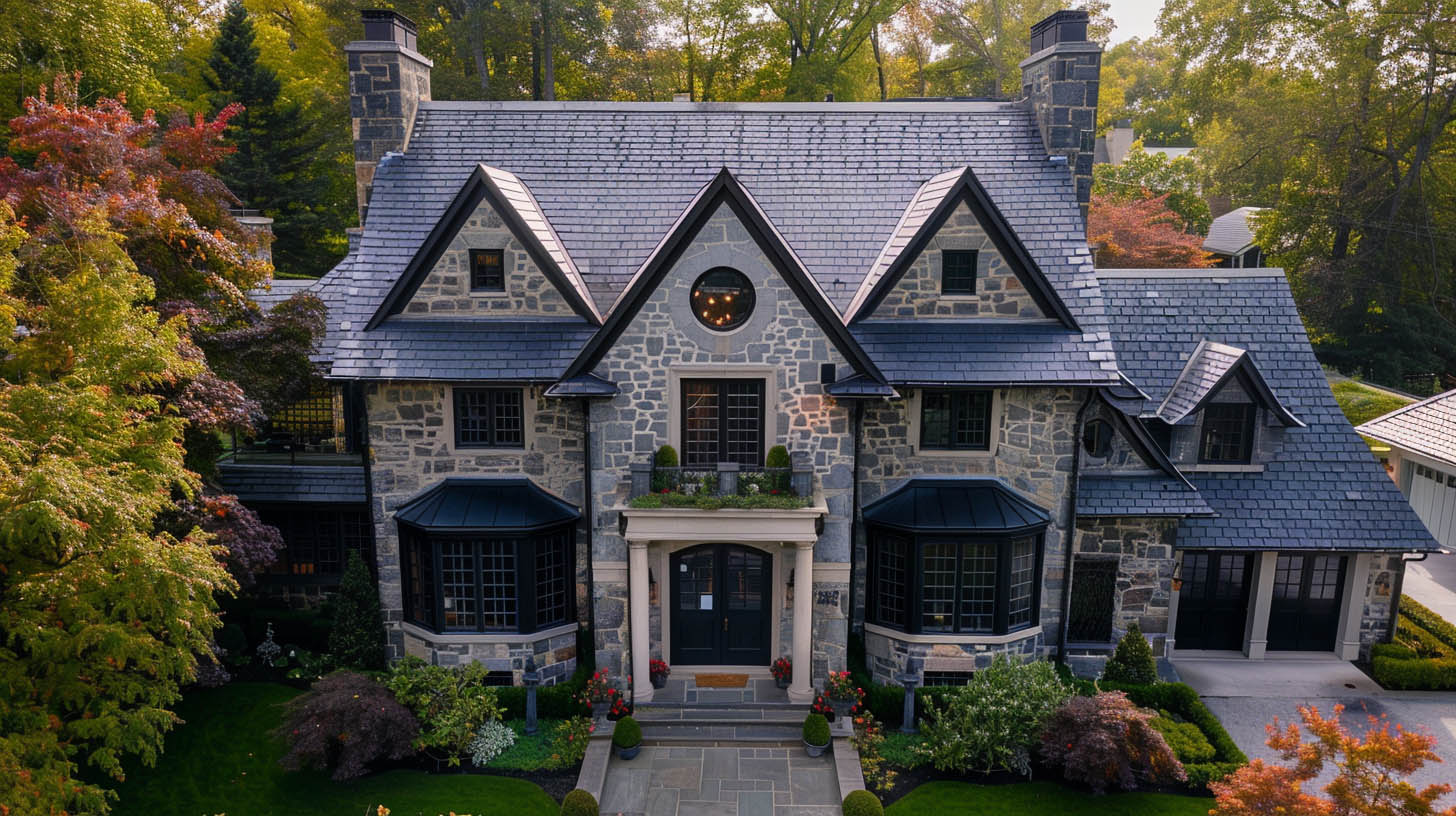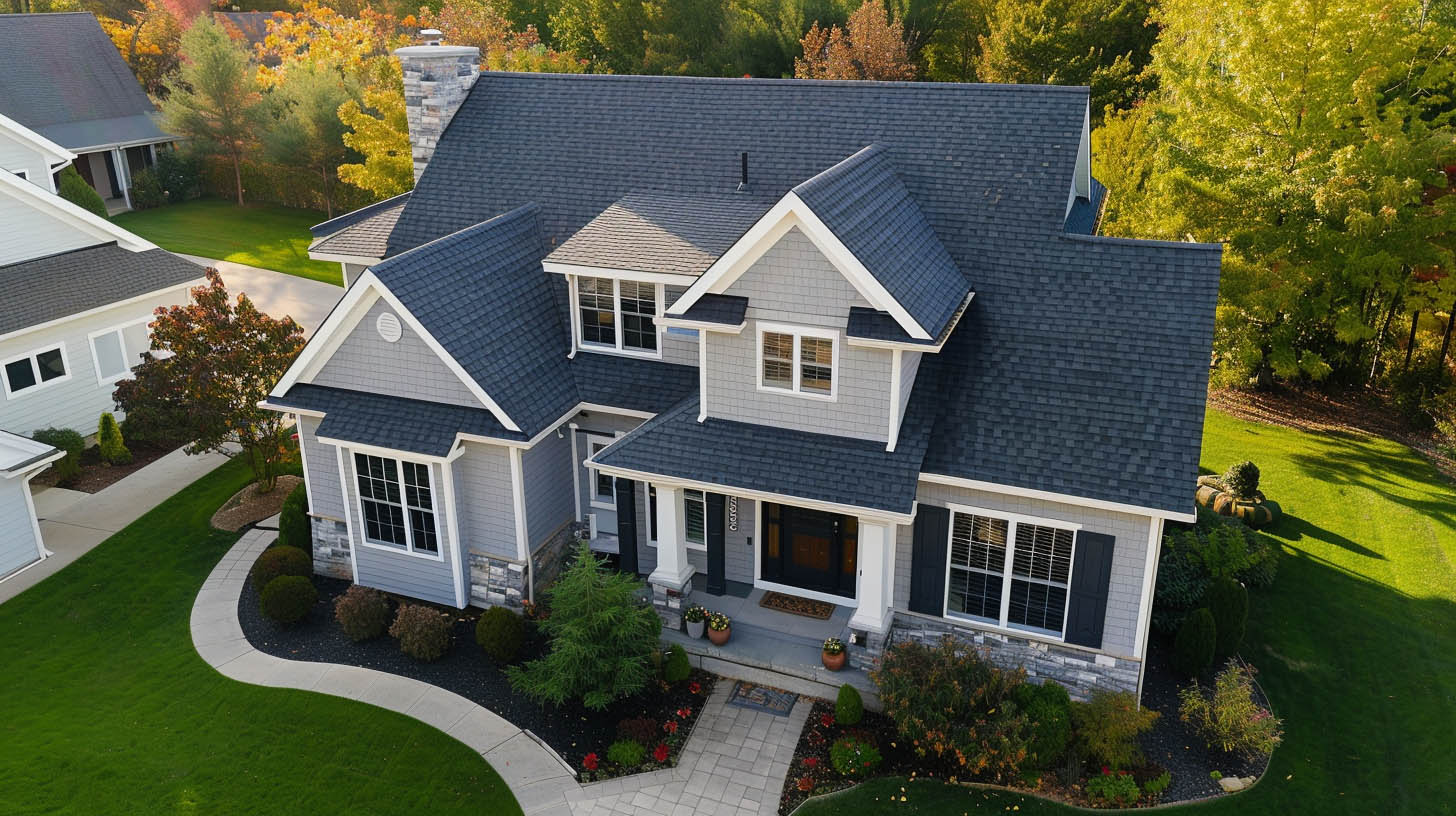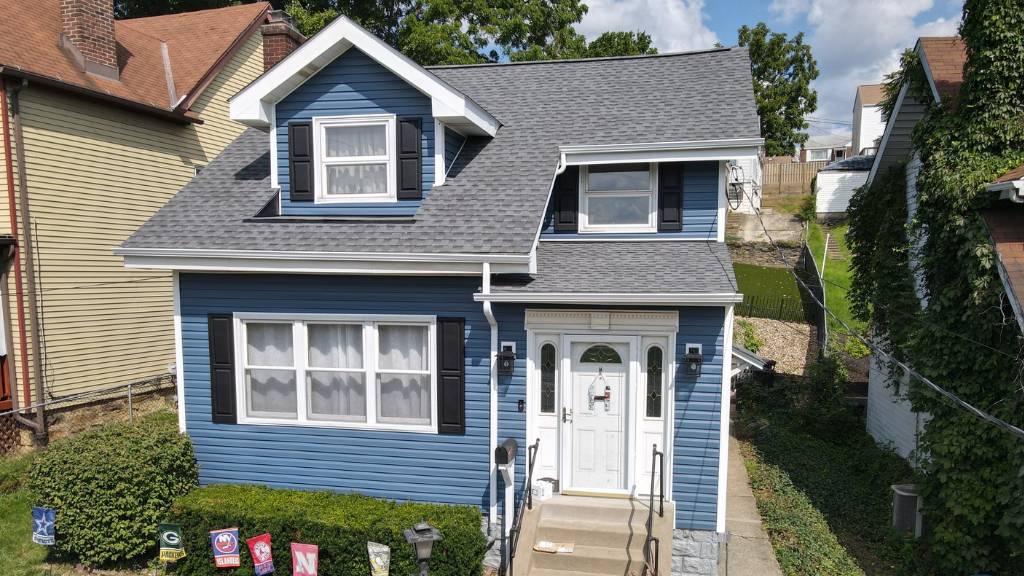
Toxic Vinyl
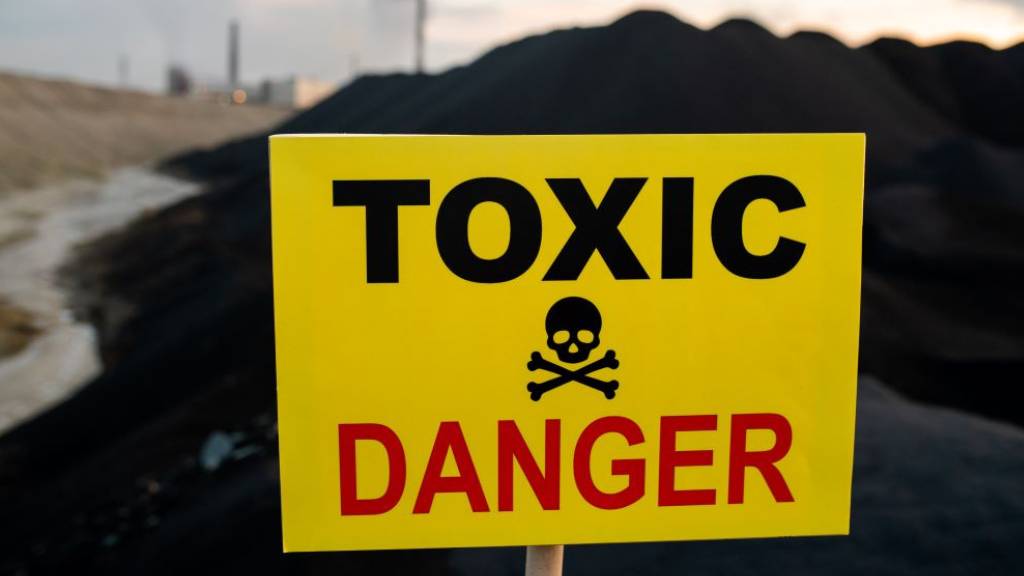
Vinyl Siding That Is Safe and Toxin Free
While there is no such thing as completely eco friendly vinyl siding, there are green siding options (or ecofriendly siding options) that are considered more environmentally friendly than traditional vinyl siding. For example, some manufacturers offer vinyl siding that is made with recycled materials or that has a lower environmental impact during production. Another option is to choose insulated vinyl siding, which can help improve the energy efficiency of your home and reduce your carbon footprint. It’s also worth noting that the environmental impact of vinyl siding can vary depending on the specific manufacturer and their production practices. If you are considering vinyl siding for your home, it’s important to do your research and choose a reputable manufacturer that prioritizes environmental sustainability. Before we dig into more, let’s learn about what environmentally friendliness is in the first place.Factors Involved with the Environmental Friendliness of Siding
Prior to the last decade, the carbon footprint of vinyl siding has not been too great. To better explain: Carbon footprint is a measure of the amount of carbon dioxide (CO2) and other carbon compounds emitted into the atmosphere as a result of the activities of an individual or organization. The Carbon footprint is measured in units of carbon dioxide equivalent (CO2e). It is used as an indicator of the environmental impact of an individual or organization’s activities. Reducing one’s carbon footprint is an important step in addressing climate change. Taking steps to reduce one’s carbon footprint can help reduce greenhouse gas emissions and support conservation efforts around the world. All the above said: Sustainability is important and what it actually equals to is the efficiency vinyl provides. Reducing the carbon footprint is key when thinking about environmental friendliness of any product. Overall, the environmental friendliness of vinyl siding depends on a combination of factors related to production, energy efficiency, durability, recycling, toxicity, and disposal. Here’s the breakdown:- Production process: The manufacturing process of vinyl siding can produce toxic emissions, such as dioxins, which can have negative impacts on the environment. Environmental friendliness can be improved if the production process is designed to minimize emissions and waste.
- Energy efficiency: Vinyl siding can improve the energy efficiency of a building by reducing heat loss in the winter and heat gain in the summer. This can lead to lower energy consumption and greenhouse gas emissions.
- Durability: Vinyl siding can have a long lifespan and require minimal maintenance, reducing the need for replacement and minimizing waste.
- Recycling: Vinyl siding can be recycled, reducing the amount of waste that ends up in landfills. The environmental friendliness of vinyl siding can be improved if it is made with recycled content and if the manufacturer has a take-back program for end-of-life products.
- Toxicity: Vinyl siding can contain chemicals that can be harmful to human health and the environment, such as phthalates and lead. The environmental friendliness of vinyl siding can be improved if it is made without these chemicals or if their use is minimized.
- Disposal: At the end of its life, vinyl siding may need to be disposed of. Proper disposal, such as recycling or incineration, can reduce the impact on the environment.
Principles for Obtaining the Category Green
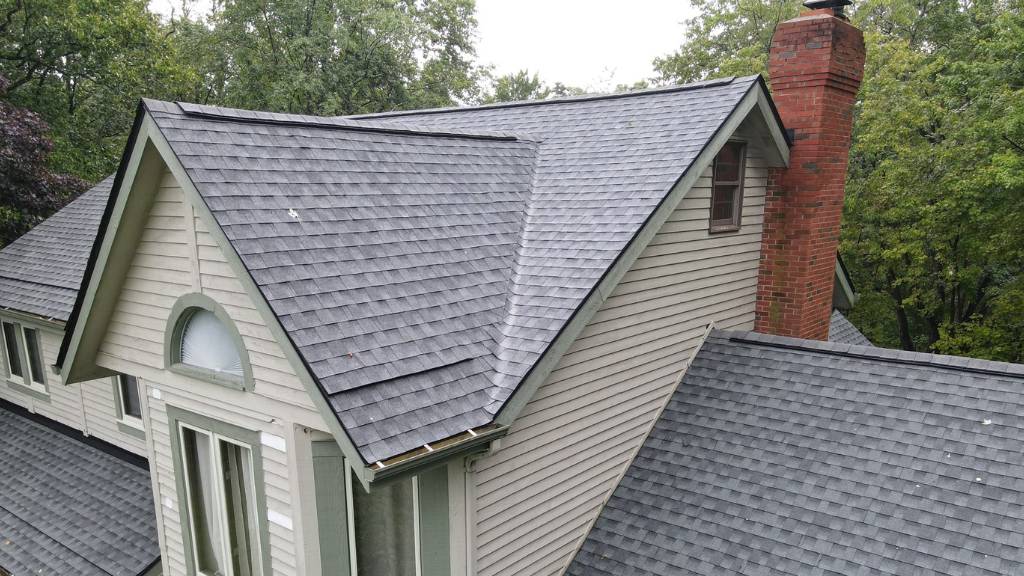
- Reduce, Reuse, Recycle
- Use Renewable Energy
- Conserve Water
- Use Sustainable Transportation
- Support Local and Sustainable Products
- Conserve Natural Habitats
- Practice Sustainable Agriculture
- Promote Environmental Education
- Reduce Chemical Use
- Collaborate and Advocate
Eco-Friendly Siding: The Best Choice for the Environment
Fortunately, eco-friendly vinyl siding has been developed to address environmentally friendly concerns so we can make vinyl siding the best choice for the environment. All-in-all, eco friendly vinyl siding consists of the following: Recycled Materials First and foremost, eco friendly vinyl siding is made using recycled materials. This means that instead of creating new materials for the siding, manufacturers are repurposing existing ones, reducing the need for new resources and the associated environmental impact. Biodegradable Materials Some eco friendly vinyl siding products are made using biodegradable materials, which means that they will break down naturally over time, rather than polluting the environment. Energy Efficiency Another benefit of eco-friendly vinyl siding is that it is energy-efficient. This is because some types of vinyl siding are designed to insulate homes, keeping them warmer in the winter and cooler in the summer. This can help reduce energy consumption and lower the environmental impact of a home, particularly if the homeowner lives in an area with extreme temperatures. Low Maintenance Eco-friendly vinyl siding is also low-maintenance. This means that it requires less cleaning and upkeep than other types of siding, reducing the use of water, cleaning products, and other resources. This can also help reduce the environmental impact of a home over time. Long Life Eco-friendly vinyl siding is designed to last for many years, reducing the need for frequent replacements. This means that fewer resources are needed to manufacture and install new siding, reducing the environmental impact of a home over its lifetime.Top Eco Friendly Siding Contenders
The top 4 questions to ask yourself when looking for eco friendly vinyl siding are:- Is the material biodegradable (can you recycle it or can it be put into landfills)?
- Does the material come from nature or is it man-made?
- Is the material/product certified green?
- Is it locally sourced?
- Cedar
- Reclaimed Wood
- Siding Made of Bark
- Burnt Wood Siding
- Engineered Wood
- Siding Made of Steel
- Aluminum Siding
- Stucco
- Exterior INsulation Finish Systems (Common in Commercial Structures)
- Adobe & Other Earth-Like Materials
- Fiber Cement
- Brick
- Stone
- And, last but not least, (drum roll, please): Manufactured Vinyl Siding IS INDEED ecofriendly.
More About MY PITTSBURGH ROOFING
Choosing a professional roofer who can install environmentally friendly vinyl siding can be a daunting task, but there are some steps you can take to make the process easier. Here are some tips to help you choose the right roofing/siding expert for your project:- Ensure your siding expert has the right credentials for installing siding of any kind. Not only that, make sure they are well-honed in environmentally sound options.
- Make sure you ask about the process, including asking them about the environmentally friendly questions and information we’ve provided you within this blog.
- Lastly: Choose a local roofer who is well-equipped to handle the installation of environmentally friendly materials. For example, local roofing companies are typically the ones who understand environmental regulations in your area. Locals are also the ones with a good reputation of providing high-quality work.

